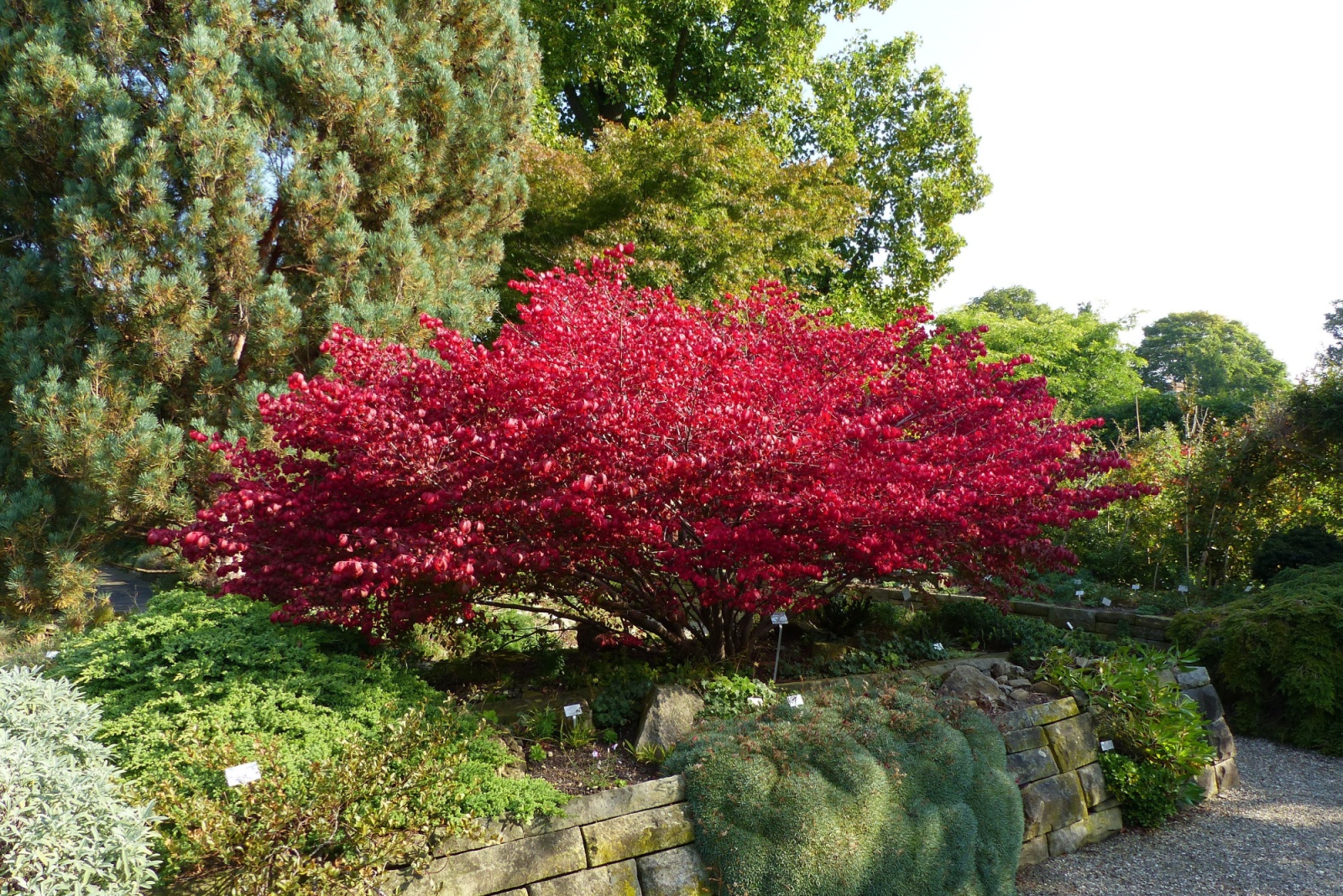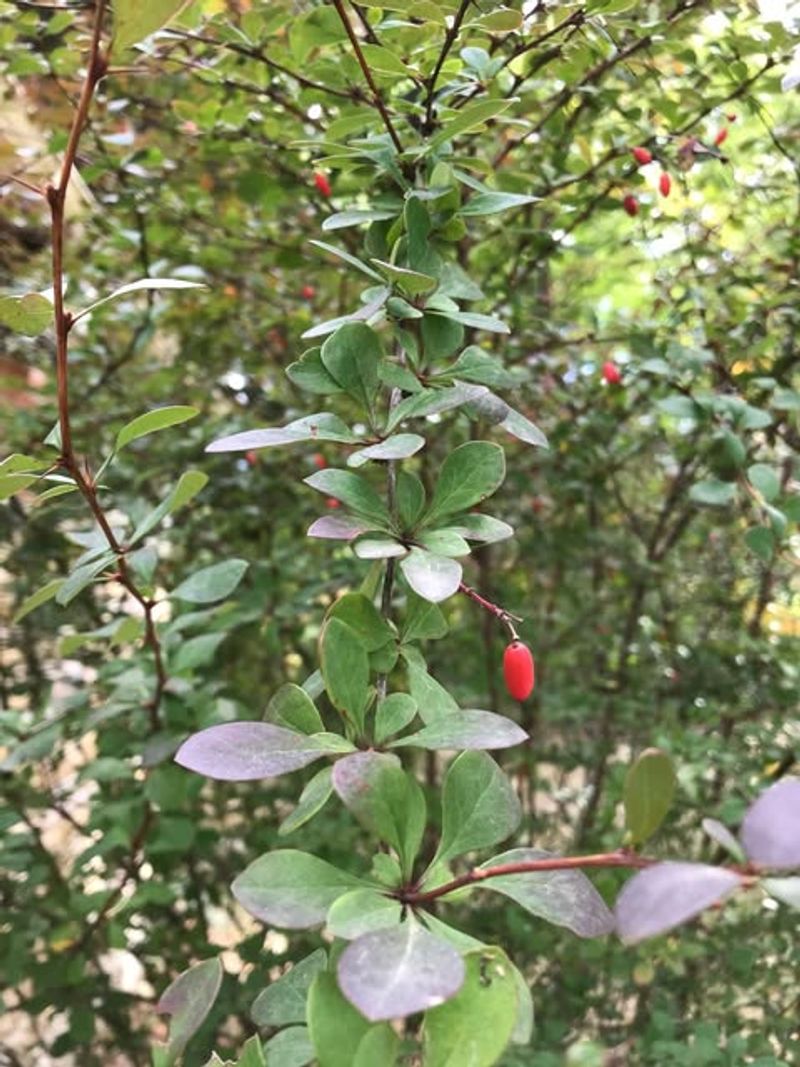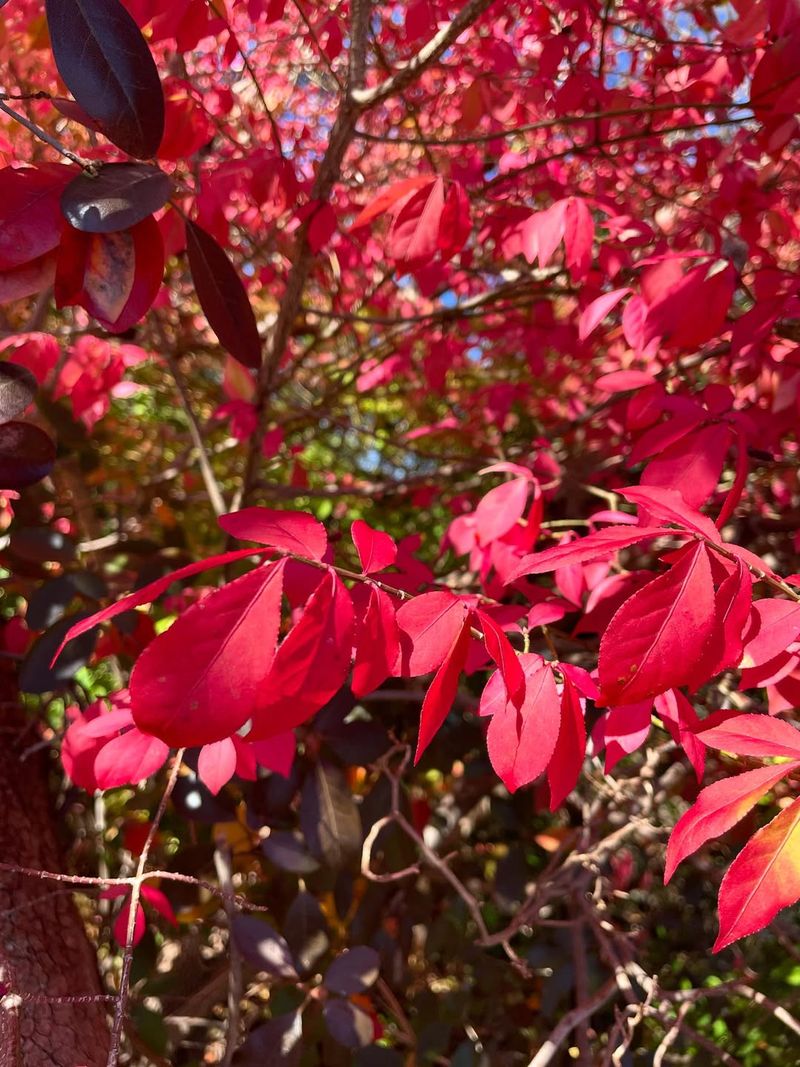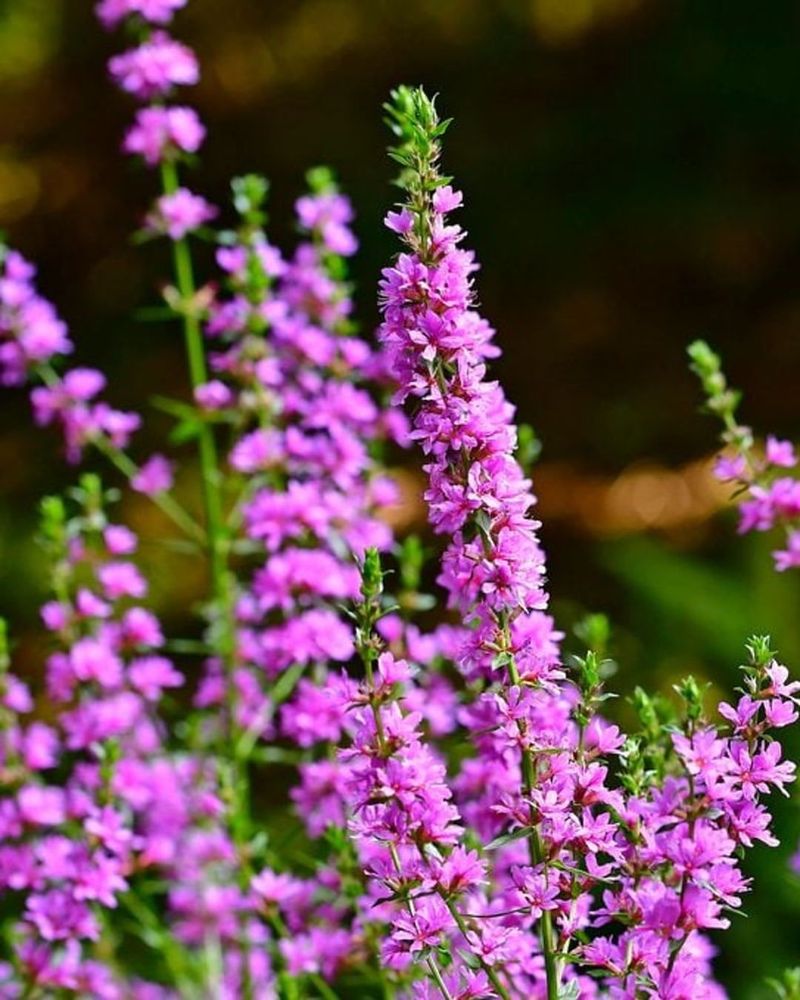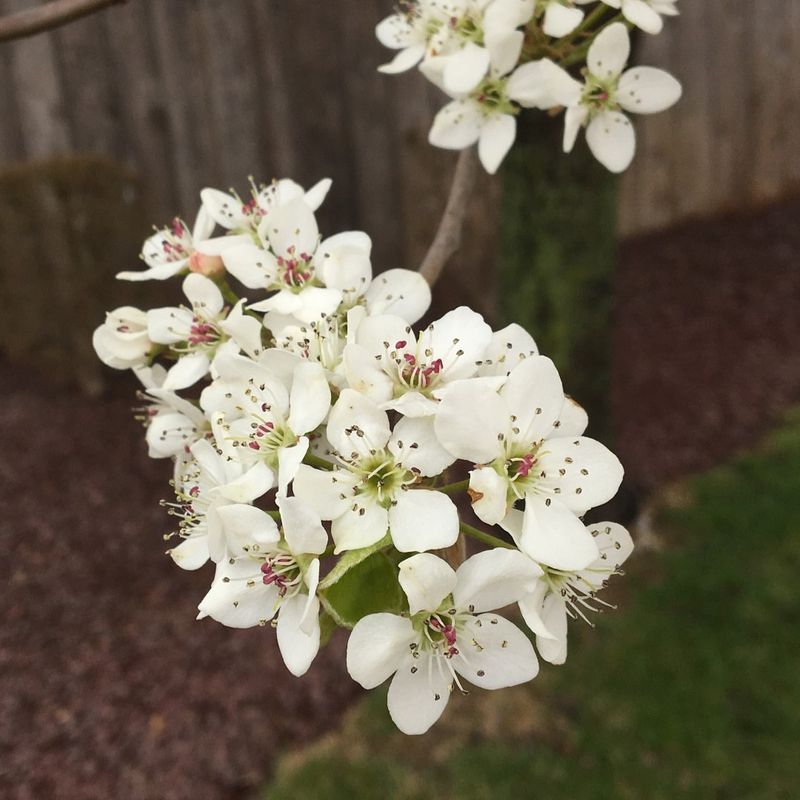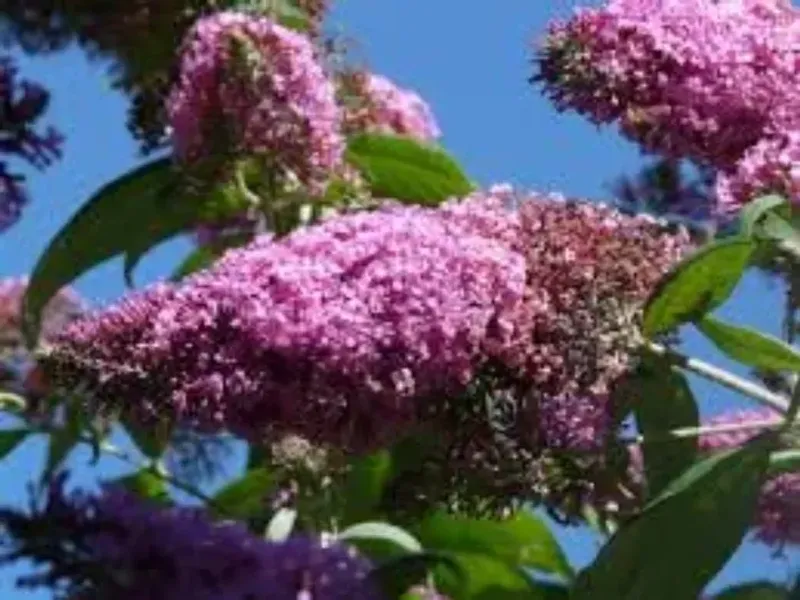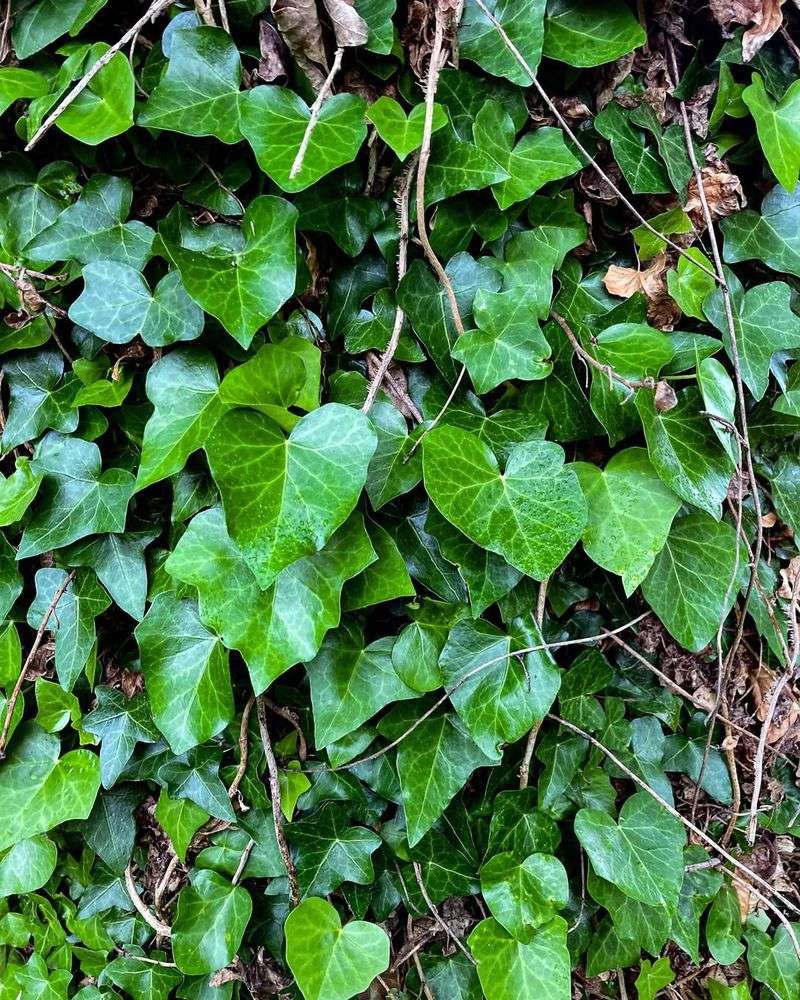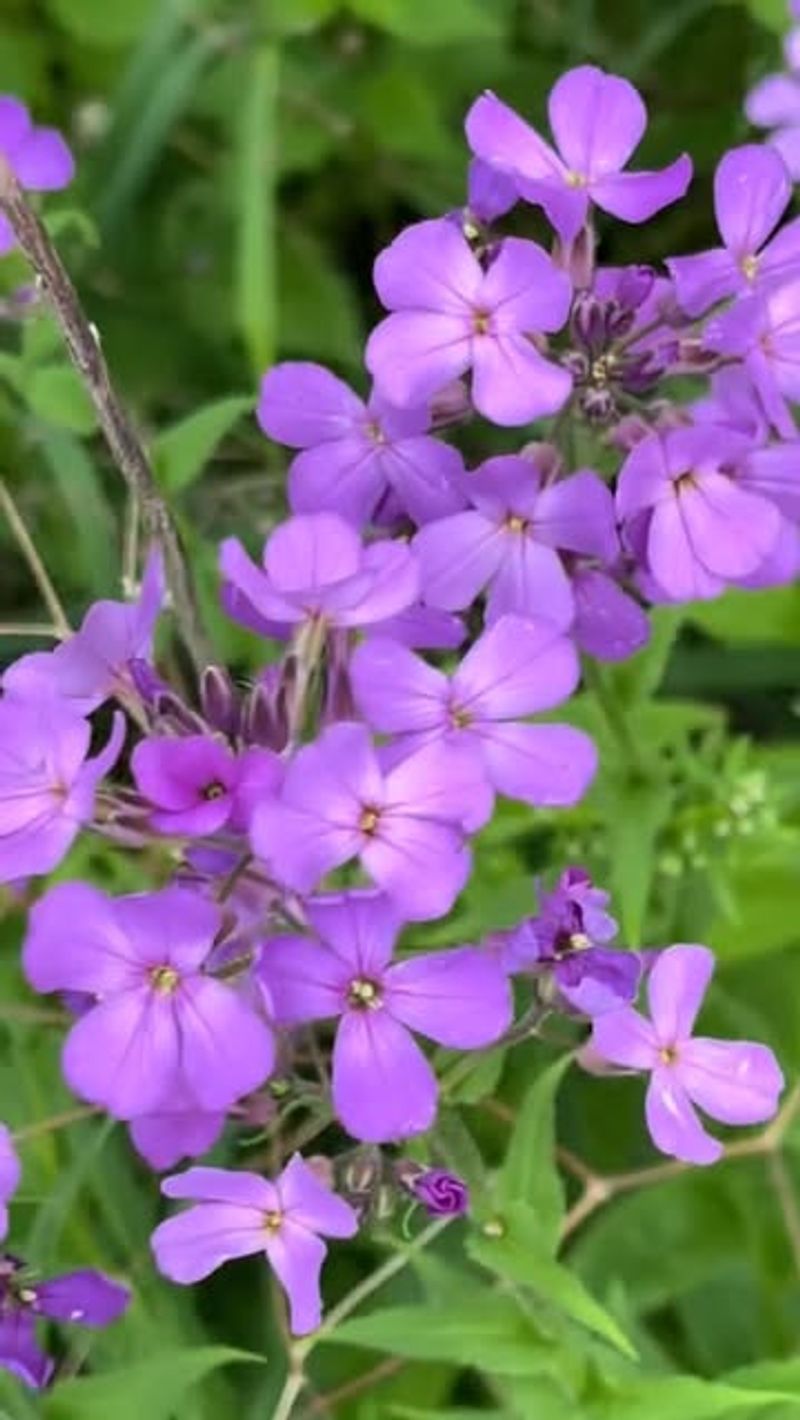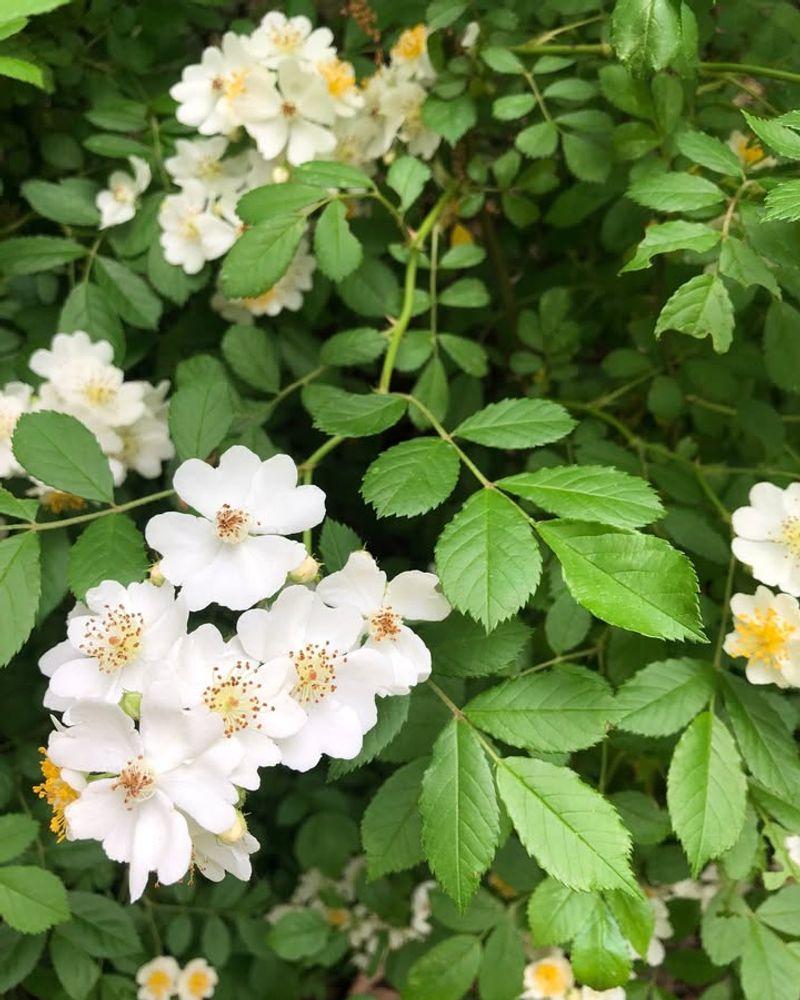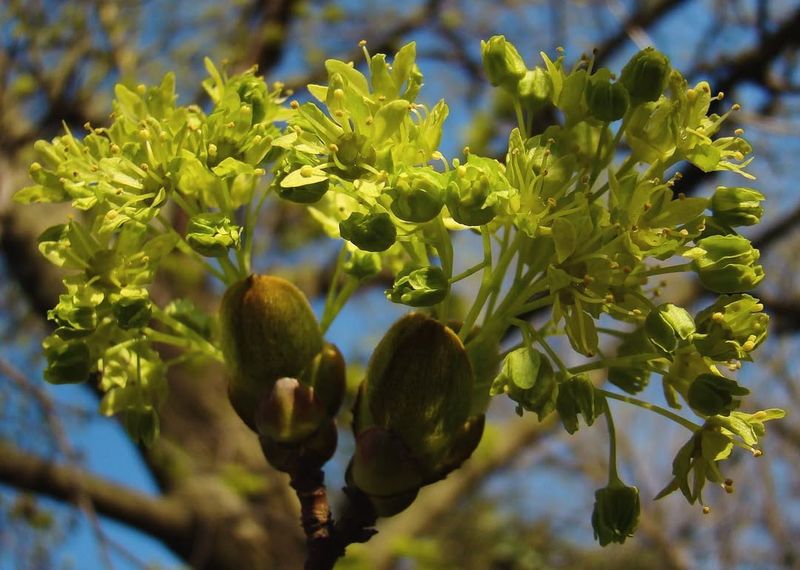Iowa’s natural landscape faces new threats from invasive species that can damage local ecosystems. State officials are considering stricter regulations on certain garden plants that have proven problematic in neighboring regions.
These changes could affect what you’re allowed to plant in your backyard, so it’s smart to stay informed about which favorites might soon be off-limits.
1. Japanese Barberry
Deer avoid this thorny shrub, which sounds great until you realize that’s exactly why it spreads so easily. Birds eat the berries and scatter seeds everywhere, creating dense thickets that crowd out native Iowa plants.
The shrub also provides perfect habitat for ticks, increasing Lyme disease risks in residential areas. Many gardeners planted it for easy-care hedges, but now Iowa officials are watching how other states handle barberry bans.
Consider native alternatives like American cranberry bush instead.
2. Burning Bush
That stunning crimson fall color comes at a steep environmental cost. This popular landscaping shrub produces thousands of seeds that birds spread across Iowa’s woodlands and prairies.
Once established in natural areas, burning bush forms dense stands that block sunlight from reaching native wildflowers and tree seedlings. Several Midwest states already restrict sales of this plant.
Iowa nurseries are starting to promote sterile varieties, but regulators may decide even those pose too much risk for future planting.
3. Purple Loosestrife
Wetland destruction follows wherever this pretty perennial spreads. A single plant produces over two million seeds annually, and those seeds remain viable in soil for years.
Purple loosestrife chokes out cattails and other native wetland plants that Iowa wildlife depends on for food and shelter. It’s already restricted in many areas, but enforcement has been inconsistent.
Gardeners who still have it should remove plants before they flower and dispose of them carefully to prevent further spread.
4. Callery Pear
Bradford pear trees seemed perfect for urban landscapes until their dark side emerged. These trees produce thorny thickets that invade Iowa pastures and roadsides, outcompeting native species.
Their weak branch structure means they often split during storms, creating hazards and costly cleanup. The spring flowers smell unpleasant, though many people tolerate it for the showy blooms.
Several states now ban new plantings, and Iowa may follow suit as wild populations continue expanding across the state’s southern counties.
5. Butterfly Bush
Ironically, this pollinator magnet might harm the very butterflies it attracts. While adult butterflies visit the flowers, the plant doesn’t support caterpillars, which need native host plants to complete their life cycle.
Butterfly bush spreads aggressively in disturbed areas throughout Iowa, crowding out native plants that actually sustain butterfly populations. Oregon has already banned it due to environmental concerns.
Iowa gardeners should consider planting native milkweed, Joe-Pye weed, or blazing star to truly help local butterfly populations thrive.
6. English Ivy
Charming groundcover can quickly become a nightmare for Iowa trees and buildings. This evergreen vine climbs anything it touches, eventually weighing down branches and blocking sunlight that trees need for photosynthesis.
Once established, English ivy forms dense mats that prevent native plants from growing underneath. It also harbors pests and creates fire hazards when it covers structures.
Removal requires persistence since even small root fragments can regenerate. Native alternatives like Virginia creeper provide similar coverage without the aggressive behavior.
7. Japanese Honeysuckle
Sweet fragrance masks this vine’s destructive tendencies in Iowa landscapes. Japanese honeysuckle grows so vigorously that it smothers native plants and pulls down small trees under its weight.
Birds spread the seeds far and wide, helping it colonize natural areas across the state. The vine also creates dense tangles that reduce habitat quality for ground-nesting birds.
Native coral honeysuckle offers similar flowers without the aggressive spreading habit, making it a much better choice for Iowa gardens seeking that classic honeysuckle look.
8. Dame’s Rocket
Many people mistake this for wild phlox, but it’s actually an aggressive invader. Dame’s rocket spreads rapidly through Iowa’s woodlands and roadsides, forming dense stands that exclude native wildflowers.
Each plant produces hundreds of seeds that scatter widely and germinate readily in disturbed soil. Though the fragrant flowers seem harmless, the plant outcompetes important native species that support local insects.
True native phlox species provide similar spring color without threatening Iowa’s natural plant communities or requiring potential regulatory restrictions.
9. Multiflora Rose
Conservationists once promoted this thorny rose for erosion control and wildlife habitat. That recommendation backfired spectacularly as multiflora rose invaded Iowa pastures, fencerows, and forest edges.
The impenetrable thickets reduce grazing land and make fields difficult to manage. Each plant produces thousands of seeds that birds distribute widely across the landscape.
Removal is difficult because cut stems resprout vigorously. Iowa farmers and landowners spend significant resources controlling this plant, which may prompt stricter regulations on any remaining garden plantings.
10. Norway Maple
Urban foresters loved this shade tree until they discovered its environmental impact. Norway maple produces dense shade and surface roots that prevent other plants from growing underneath, creating barren ground beneath its canopy.
Seedlings invade Iowa’s woodlands, outcompeting native sugar maples and other forest trees. The tree also releases chemicals that inhibit growth of nearby plants.
Several East Coast states restrict Norway maple plantings, and Iowa may implement similar rules as native forest health becomes a higher priority for conservation officials.
11. Periwinkle
This evergreen groundcover escapes gardens more easily than most people realize. Periwinkle spreads vegetatively through creeping stems that root wherever they touch soil, gradually expanding into Iowa’s natural areas.
It forms dense mats that exclude native wildflowers and prevent tree seedlings from establishing. The plant tolerates deep shade, allowing it to invade undisturbed forests.
Native alternatives like wild ginger or Pennsylvania sedge provide attractive groundcover without the invasive tendencies that concern Iowa conservation officials monitoring plant regulations.
12. Wisteria
Those gorgeous cascading flowers hide a powerful climbing vine that can damage structures and trees. Wisteria twines so tightly around tree trunks that it restricts growth and can eventually strangle host trees in Iowa landscapes.
The vine also invades natural areas where it overwhelms native vegetation. Asian wisteria species are particularly aggressive compared to native American wisteria.
If Iowa implements restrictions, they’ll likely target the most invasive Asian varieties while potentially allowing native species that pose fewer environmental risks to state ecosystems.

